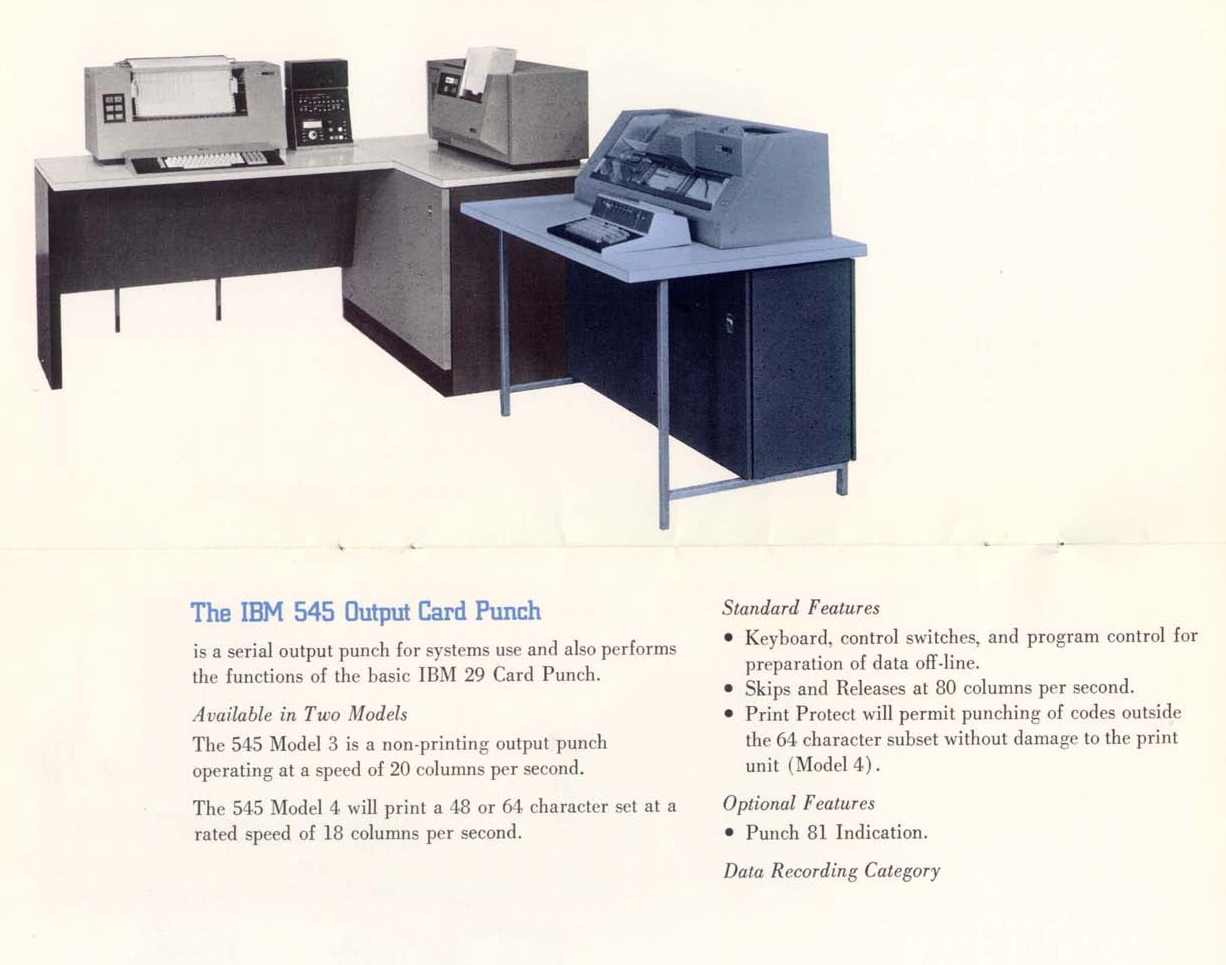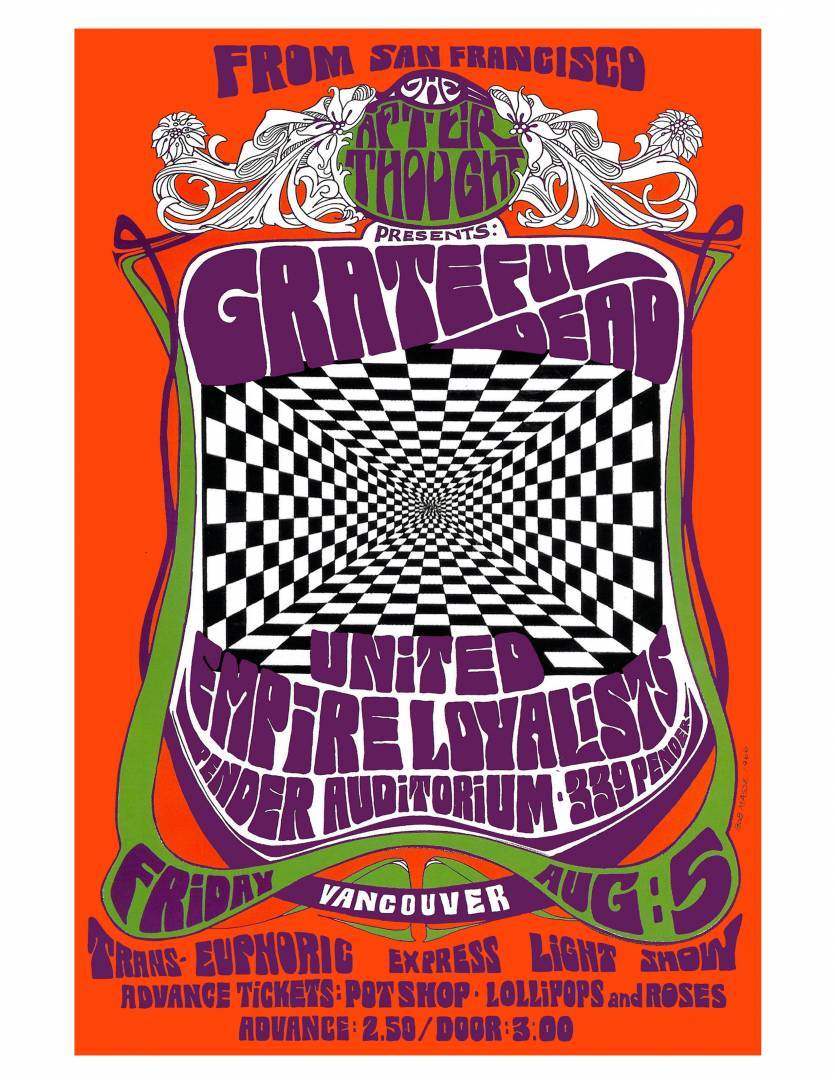On December 19 1967, Marilyn Beker wrote an article in the Toronto Star ('Wearing her guitar, she sang bravely') about the debut of the singer Wyche at the Mynah Bird tavern in Yorkville; she was billed as the world's first topless folk singer.
The two men accompanying on guitar (they called themselves 'The Remnants') were university students who would not give their names as "the whole thing is just an experiment". Asked about why a topless singer: "We wrote the song first and then decided we needed a topless girl to make it really work". Wyche (she wouldn't provide her name either) was spotted by The Remnants and asked to join the act - she had never sang professionally before. She says: "I wouldn't do the act without the guitar because it would detract from the song."
My father (John Parkinson, lawyer, arguably retired) was a lawyer who had done some work for the Colonial Tavern "on how raunchy the entertainment could be without risking the wrath of the Liquor Licensing Board" - he was subsequently referred to Colin Kerr, the owner of the Mynah Bird for legal advice. "My opinion was that a guitar strategically placed complied with the City’s bylaw definition concerning female 'clothing' in such circumstances. It was a wild success and for a while there were lineups to get in to the club."
Colin Kerr was also the promoter of a band called the Mynah Birds with several incarnations - at one time both Neil Young and Rick James were members. Here's a youtube link to the Motown single It's My Time co-written by Young & James.
The pictures below are from 1971 at the Mynah Bird during a protest for wage parity. The coffee house was on the corner of Yorkville and Hazelton Ave and in subsequent photos you can see the Penny Farthing next door, and the El Patio across the street. The final picture is of Colin Kerr in 1980, showing off Rajah the mynah bird at Davenport public school.
The August 12, 1966 article on the first topless dance in Toronto:
From the Toronto Star (December 18, 1971):
Images courtesy Toronto Public LIbrary and York University.














































































